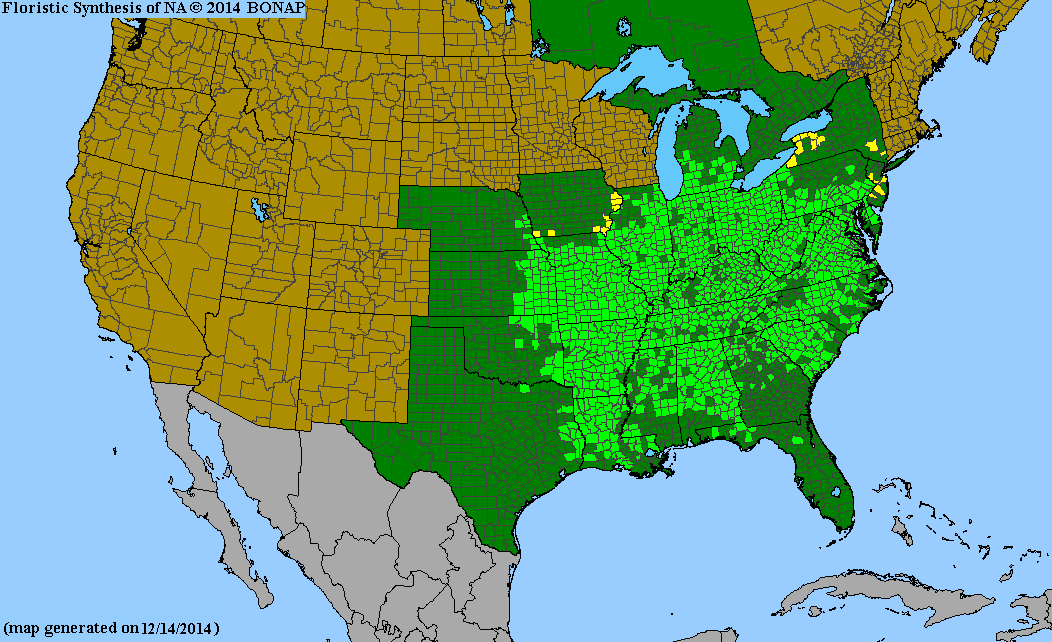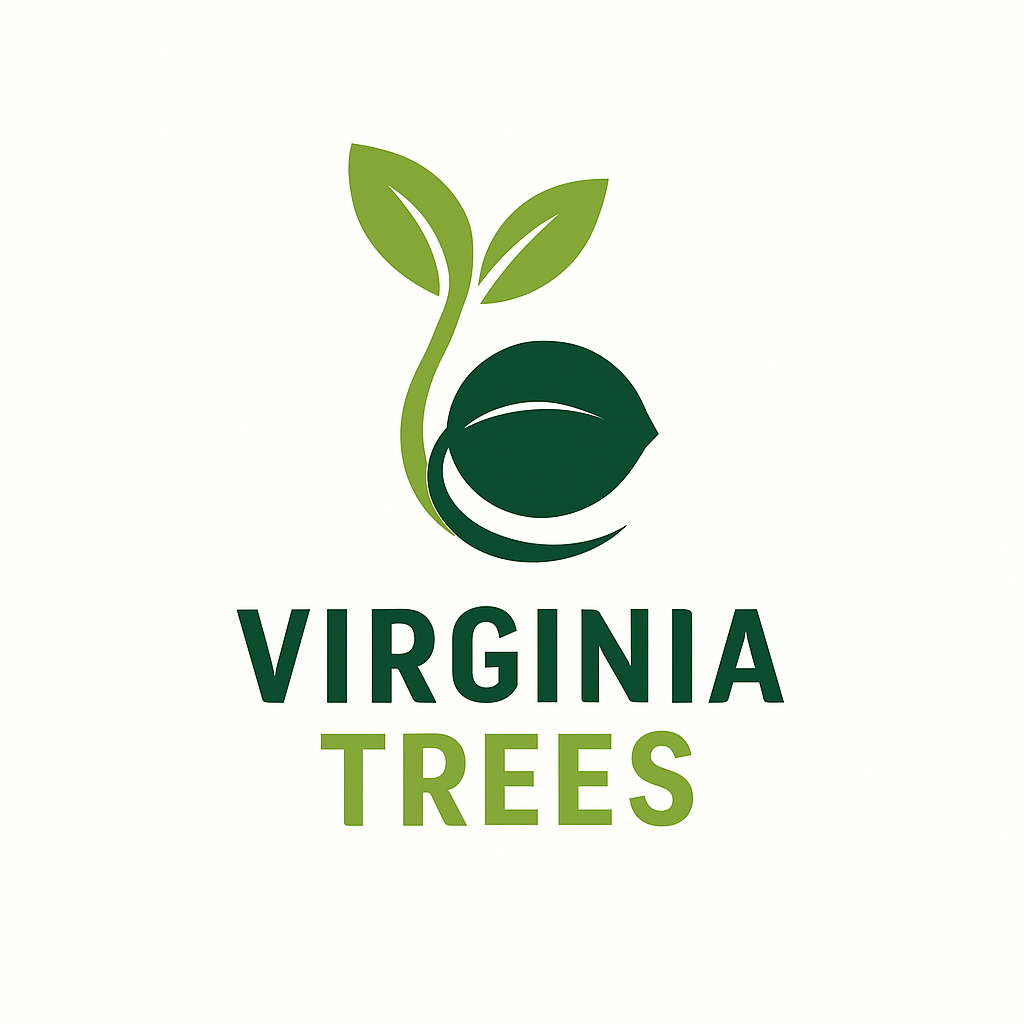October 2024 Update: SOLD OUT ON SEEDLINGS
As of today, there is still pawpaw seedlings in stock with Silver Run Forest Farm and the Virginia Department of Forestry has re-listed pawpaw with a season end inventory adjustment.
Pawpaw trees are known for their unique and delicious fruit, which has a flavor that is often described as a cross between a banana and a mango.
In terms of mature size, pawpaw trees can reach heights of up to 30 feet and have a spread of 20-30 feet. They can also be planted as a hedge with as little as 5'-10' spacing between them. One of the best things about pawpaw trees is that they are relatively easy to care for and can tolerate a wide range of soil types. However, they do prefer moist, well-draining soil and do best in partial shade to full sun.
As for fruiting, pawpaw trees can begin producing fruit in as little to 4-5 years. The fruit of the pawpaw tree is typically ready to be harvested in the late summer or early fall.
Needs at least two trees for good pollination.
They have soft consistency that can be used as a 1:1 substitute in any recipe which calls for bananas. You can freeze the pulp for later use in smoothies, ice cream, or baked goods.
As the largest native fruit to North America, the pawpaw tree is a great addition to your Eastern landscape.
Types of Seedlings
Seedling Pawpaw: Oikos
Asimina triloba
Seed source: Oikos Tree Crops
Description:
The Northern Banana-Pawpaw Seed From the Most Northern Part of its Range in North America- This strain is grown from seed originally from the Corwin Davis collection from Bellevue, Michigan of which much of the seed was collected from improved, grafted and wild selections found in the most northern part of its range.
This strain is the one of the most northern forms found in the U.S. on the northern edge of where pawpaw is found naturally. Our planting was started in 1988 and has grown to include other northern Illinois plants known for their large fruit size, flavor and productivity.
Separate areas were also planted with selections known for their productivity or large fruit size. The plantings at my farm represent select Illinois and New Jersey types as well. I have these planted throughout my farm as understory plants in clusters around and in other larger trees. These have slowly produced stolons and have filled these areas over the course of 30 plus years. None of them are grafted forms. Seed Sources: The Corwin Davis collection contained some of the first cultivated selections of pawpaw. Because Corwin Davis had a nursery, Tollgate Gardens and he distributed his seeds, scions, grafted varieties and seedlings, much of this particular germplasm is preserved beyond his farm in central Michigan. I was lucky enough to plant about 70 of these trees purchased from Nash Nurseries in 1988. The varieties Corwin Davis had included 'Sunflower', 'Taytwo', 'Davis' and many others. My plantings were from the seedlings from these parent plants. Recently there was an article in a MSU newsletter that mentioned their research on pawpaw and a retired professor that was involved with pawpaw. What they did not mention was Corwin Davis who had helped this professor with his plantings by supplying seeds and scionwood. The amount of dedication that Corwin Davis had in improving the pawpaw was his life's work. I believe this highlights the roadblocks of developing new food crops and getting them into university trials in a timely fashion. Usually it takes decades after the original work was done to make this happen. The Neal Patterson selections show what can be done with this fruit in terms of a selection process. No varieties are yet listed from my farm as evaluation is still in process. In 2022, some plants are being selected because of their flavor and yield but not yet named or released as cultivars.
The length of the season for ripening is not like the persimmon. But moving the pawpaw to a northern location in zones 3 or 4 could be an issue for ripening the fruit on the tree to perfection. It really has to ripen slowly on the tree to be good. That might be too far north where the tree would grow but the fruit would stay green.
My farm is at the most northern part of the range of the pawpaw in Michigan. Many of my seedlings were collected from plants in Kalamazoo County. Here it is a solid zone 5. I do see new plantings going up in northern Michigan. I am wondering if there would be enough heat units to ripen the fruit consistently in northern Michigan. At my farm, the locations on the hillsides ripen first and the lower valleys ripen later.
Pawpaw plantings can be direct sown from seeds especially if there is an overstory already. Pawpaw seeds can be easily established in woodlands. Fruiting takes longer in these locations versus an orchard of plants. On woodland edges, direct seeding is also possible and trees will fruit in 4-8 years from seed. The roots establish a colony just like shumac. This colony replaces itself as the parent trees slow production and die. Individual trunks will produce for 25 to 30 years or so in Michigan and then fade. Then the new 'suckers' from this colony can be allowed to grow outwards as well as thinned to give them more light which increases caliper and then fruit. In this way, the seedlings continue to spread outwards.
Seedling Pawpaw: Wild
Asimina triloba
Seed source: Virginia Trees
Description:
Collected from wild stands in the ridge and valley region of Virginia.
Seedling Pawpaw: Ultra Select
Asimina triloba
Seed source: Peaceful Heritage Nursery
Description:
Want to start a champion grove? These ultra select line represent our best pawpaw genetics. Sourced from carefully selected superior fruits often weighing in at least 1/2 – 1 lb with excellent taste and texture. The genetics of our seeds are mostly from Peterson and KSU advanced selections as well as KSU cultivars, and Lehman stock.








